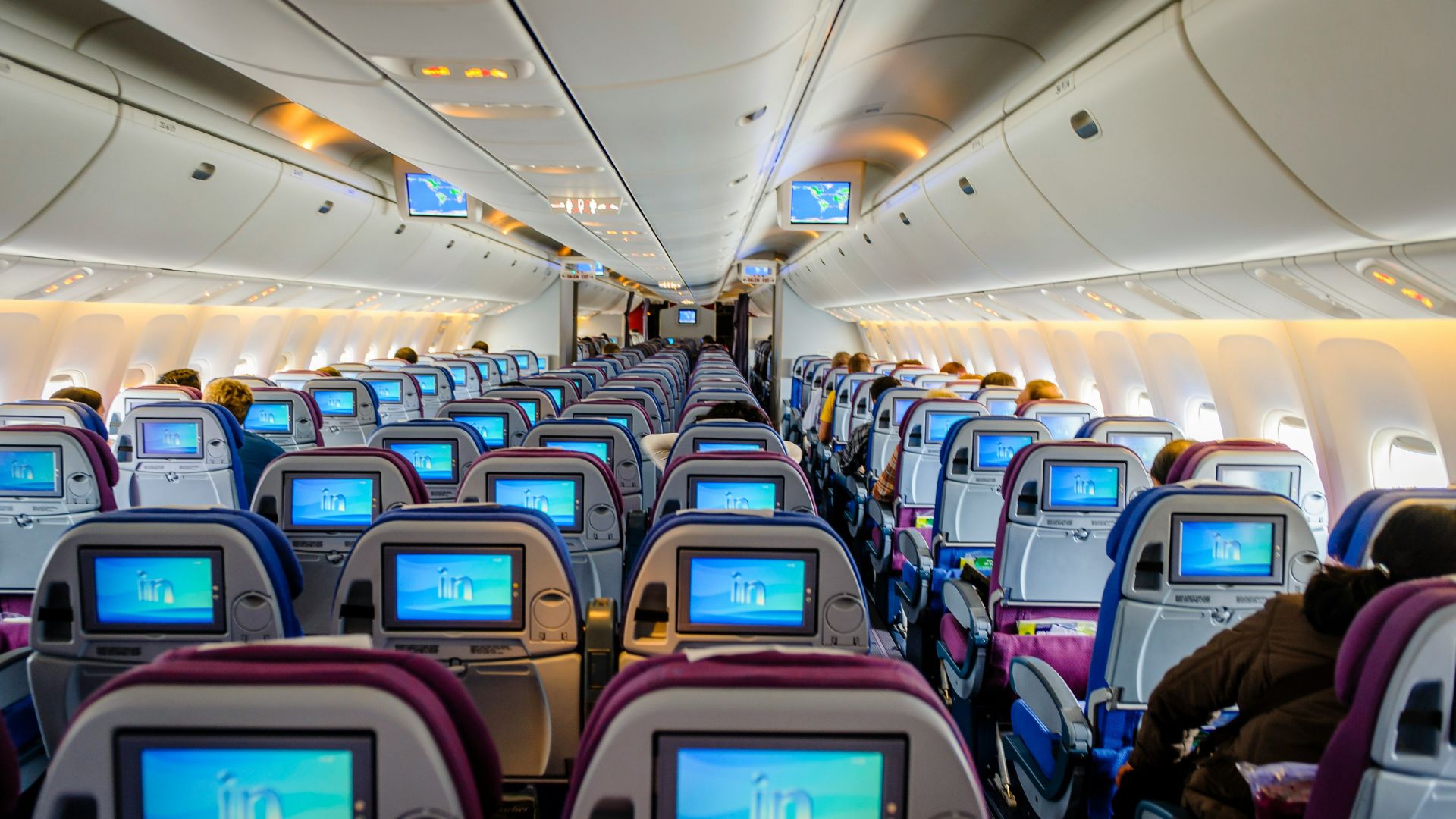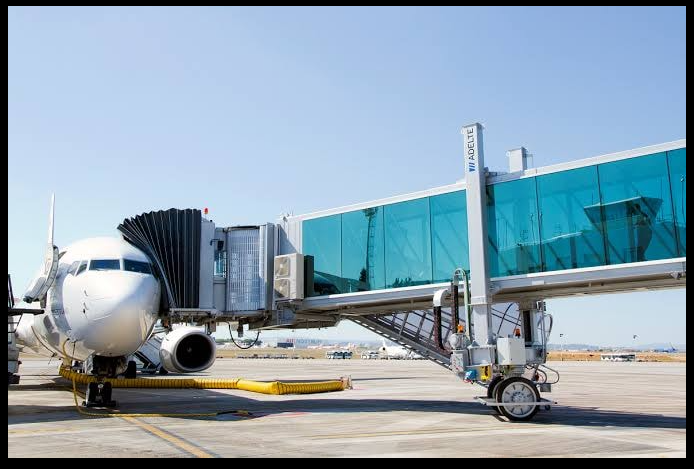Airline route planning and flight scheduling are complex processes that balance passenger demand, operational efficiency, and safety. Airlines must carefully design routes and schedules to maximize profitability while ensuring on-time departures and arrivals.
Understanding Market Demand
The first step in planning involves analyzing passenger demand. Airlines study booking patterns, seasonal trends, and population centers to determine profitable routes.
High-demand routes may justify multiple daily flights, while less busy destinations may receive limited service. Understanding market demand ensures resources are allocated efficiently.
Considering Aircraft Capabilities
Different aircraft have varying ranges, fuel efficiency, and passenger capacities. Airlines match aircraft types to routes to optimize performance and reduce operational costs.
Long-haul flights require wide-body aircraft with extended range, while regional routes may use smaller, more fuel-efficient planes. Proper matching ensures both safety and cost-effectiveness.
Scheduling for Efficiency
Flight schedules must consider airport slots, air traffic control restrictions, and turnaround times. Airlines aim to minimize delays, avoid congestion, and maintain reliable connections.
Scheduling also balances crew work hours and maintenance windows to comply with regulations and ensure safety. Efficient scheduling reduces operational costs and improves passenger satisfaction.
Factoring in Weather and Environmental Conditions
Weather plays a significant role in route planning. Airlines consider wind patterns, seasonal storms, and turbulence-prone areas to optimize flight paths.
Additionally, airlines are increasingly considering environmental impact, selecting routes that reduce fuel consumption and emissions while maintaining safety and timeliness.
Coordinating with Airports and Authorities
Airlines coordinate with airports, air traffic control, and regulatory bodies to secure takeoff and landing slots. Coordination ensures compliance with airspace regulations and smooth ground operations.
This collaboration is crucial for maintaining punctual schedules and avoiding conflicts in busy airspace.
Adjusting for Operational Flexibility
Airlines must remain flexible to adjust schedules for maintenance, emergencies, or unexpected demand changes. Dynamic scheduling systems allow quick updates to flight times, aircraft assignments, or crew rosters.
Flexibility helps airlines maintain reliability and minimize passenger inconvenience during disruptions.

How Airlines Plan Routes and Flight Schedules
Utilizing Technology in Planning
Advanced software and data analytics assist airlines in route optimization, scheduling, and demand forecasting. Airlines can model scenarios, predict passenger trends, and evaluate fuel costs to make informed decisions.
Technology streamlines planning processes and enables efficient, data-driven operations.
Conclusion
Planning airline routes and flight schedules is a careful balance of demand analysis, aircraft capabilities, efficiency, weather considerations, regulatory compliance, and operational flexibility. By leveraging technology and strategic coordination, airlines optimize resources, maintain safety, and provide reliable, convenient service to passengers. Effective planning ensures flights run smoothly, benefiting both the airline and travelers.














